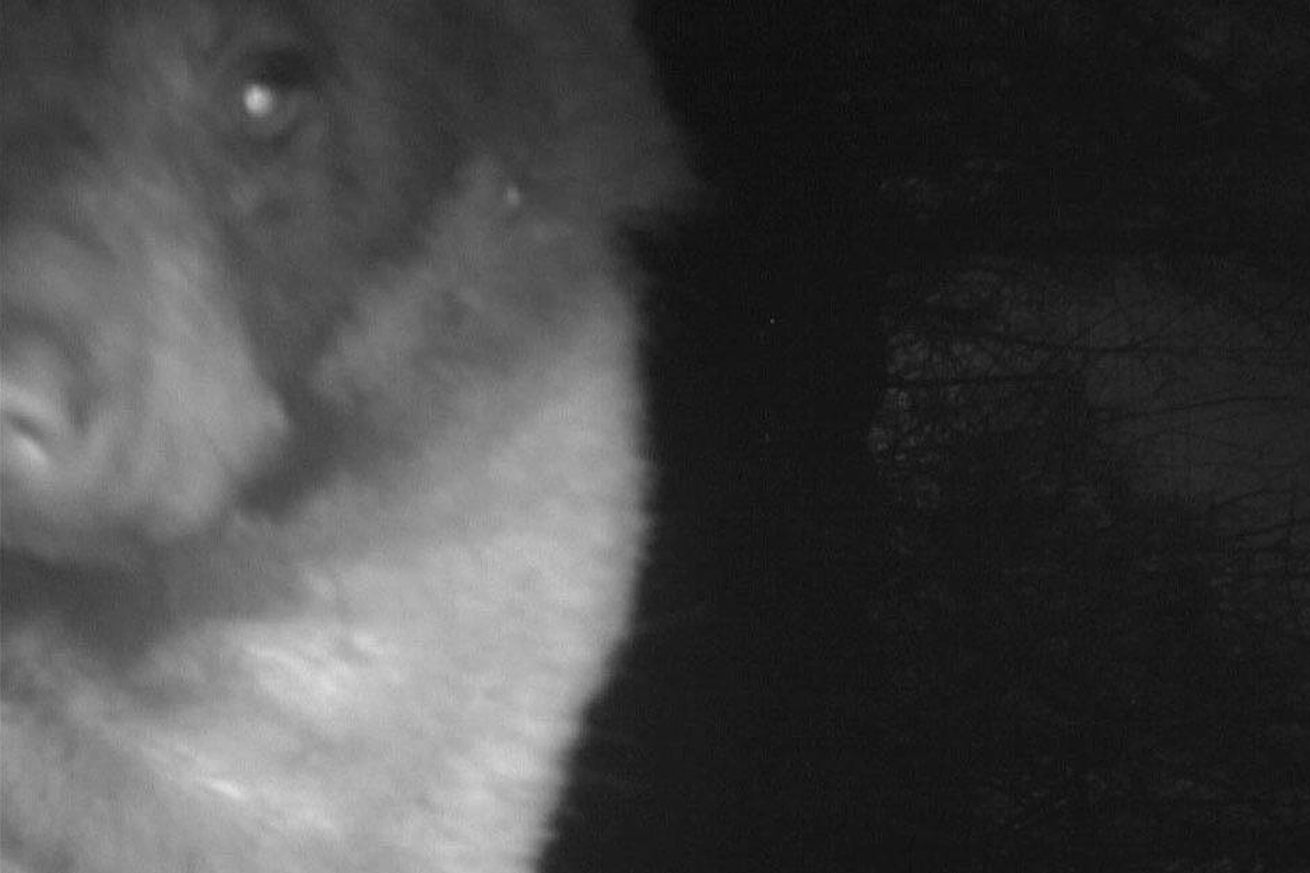
Meet the black bear that took 400 selfies
Brace yourselves, bear lovers. We have a new star.
One special black bear recently discovered a wildlife camera set up by City of Boulder Open Space and Mountain Parks (OSMP), managing to take hundreds of selfies with it.
“Of the 580 photos captured [on the camera], about 400 were bear selfies,” OSMP shared on Twitter and Facebook this week, along with a laughing emoji and several of the selfies.
There are nine cameras spread out across 46,000 acres of OSMP’s land system. The aim is for the cameras to reveal how animals use the land so that the department can recommend measures to protect sensitive habitats.
Another perk of the cameras is that they minimize the need to send people tramping through those areas. They snap photos when a critter steps in front of them and can also shoot 10–30 second videos.
1/10
Images: City of Boulder Open Space and Mountain Parks (OSMP)
Wildlife photos have actually become a treasure trove of data for researchers. Many species are classified as “data-deficient” by the International Union for Conservation of Nature (IUCN), which lists threatened and endangered species. It takes a lot of time and money to monitor a species in the wild and assess its risk of extinction, resources that are often limited in the conservation world. So there are efforts to fill in some of those data gaps using wildlife cameras and machine learning to get better population counts.
Fortunately for our friend caught on camera outside of Boulder, Colorado, the American Black Bear is listed as a species of “least concern” by the IUCN. Its numbers are on the rise.
Surprisingly, this wasn’t the only piece of positive bear news this week. NASA gifted us another gem with a bear effigy that’s quite literally out of this world. The image below was taken by a satellite that orbits Mars, the Mars Reconnaissance Orbiter. It very much looks like a bear’s face etched on the surface of the planet.
In reality, the eyes are two craters, according to the University of Arizona, which operates a powerful camera on the satellite. The circle that defines the face might be from another crater that’s been buried, says a January 25th blog post from the university. The snout is likely a collapsed hill — perhaps a vent with lava or mud flows surrounding it.
Whatever your origins, Mars Bear, we salute you and your Earth-bound brethren.

